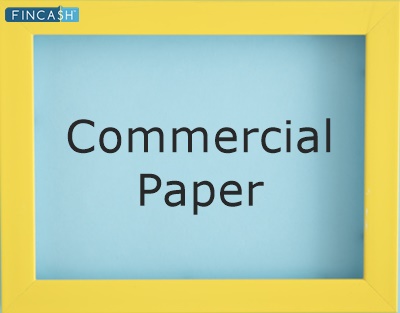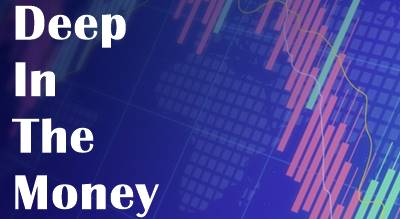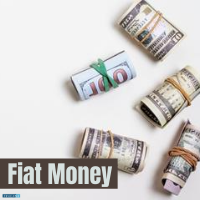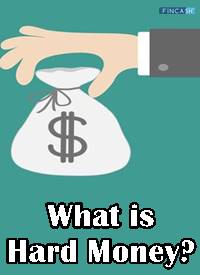What is Paper Money?
Often known as a note or a bill, Paper Money is the official paper currency of a country that gets circulated for transactions involved in purchasing products and services. The paper money printing is regulated by the central Bank of the country to keep the funds’ flow aligned with monetary policy.
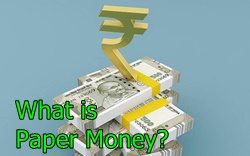
In India, Reserve Bank of India (RBI) is responsible for the printing and circulation of paper money. Generally, paper money gets to have updates with new versions that comprise security features. On 8 November 2016, the Government of India announced the demonetisation of Rs.500 and Rs.1000 notes with the effect from midnight on the same day, making these notes inacceptable. On 10 November 2016, the circulation of Rs.2000 banknote commenced as well a newly redesigned series of Rs.500 banknote. Almost a year after, on 25 August 2017, Rs.200 banknotes got added to India’s currency.
From 2017 to 2019 the remaining banknotes of the Mahatma Gandhi New Series were released in denominations of Rs.10, Rs.20, Rs.50, Rs.100 and Rs.200. The Rs.1,000 note has been suspended.
Talk to our investment specialist
History of Paper Money
The paper currency was first developed back in the 7th century in Tang dynasty, China, with an aim to decrease the need to carry around cumbersome and heavy metallic coins to execute transactions. Similar to depositing the money at a modern bank, people transferred coins to a reliable party and received a note that denoted the deposited amount. Later, the note could be cashed for currency. However, the real paper money didn’t get introduced until the 11th century in the Song dynasty. Later, the use of paper currency was spread across Yuan dynasty or Mongol Empire, China.
In Europe, this concept was introduced in the 13th century by Marco Polo. Over a period of time, the opinion of banknotes as money evolved. Formerly, money was based on valuable metals. Back in the days, paper money was considered as promissory note or LOU, which is a promise to pay somebody with valuable metal. Sure, paper money is the most accepted exchange medium; often, companies issue shares of their firms to buy other companies and give reward and gifts to their staff members. In simple words, shares are ownership units in a company that permit the shareholder to have an equal distribution in profits, irrespective of the amount. Out of all the accepted exchange mediums, shares are closest to the paper money as they can easily be exchanged for cash on the open Market.
All efforts have been made to ensure the information provided here is accurate. However, no guarantees are made regarding correctness of data. Please verify with scheme information document before making any investment.
